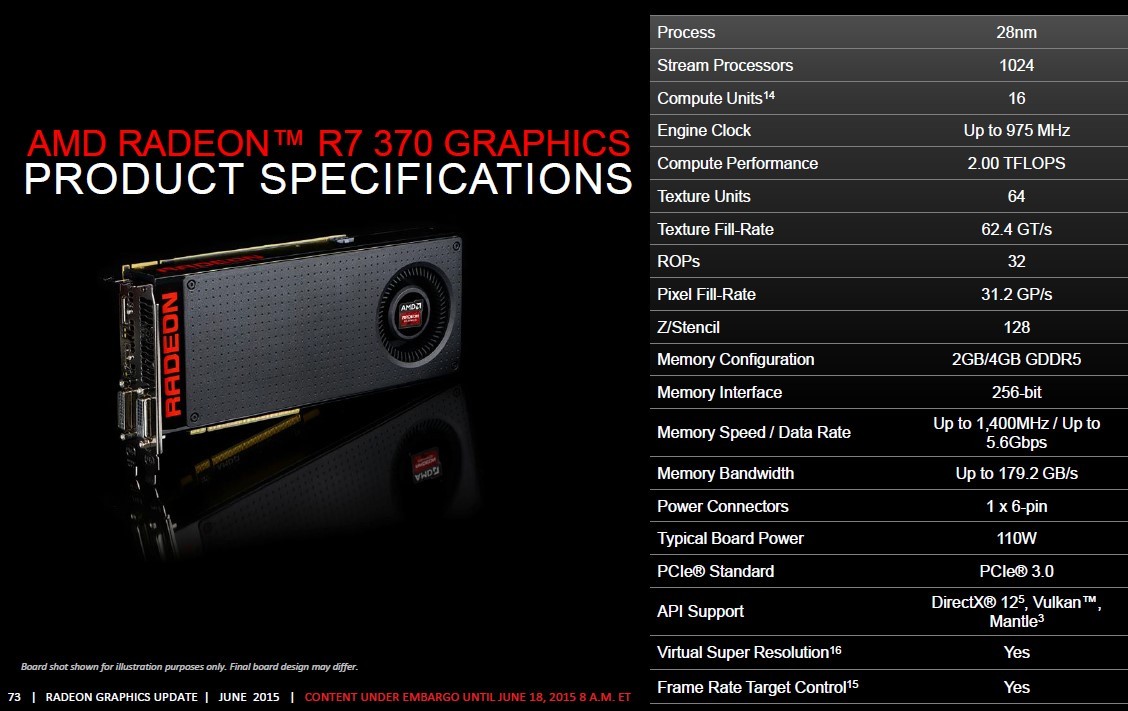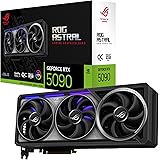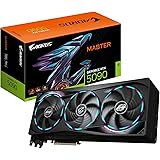The AMD Radeon R7 370 is a graphics card that was designed to provide a solid gaming experience at an affordable price. Released in 2015, this card is based on the Graphics Core Next architecture and has proven to be a good choice for gamers who are looking for decent performance without breaking the bank.
The AMD Radeon R7 370 is a graphics card that has become popular among cryptocurrency miners, especially for mining Ethereum using the Ethash algorithm. This GPU is capable of achieving a hashrate typically ranging from 14 to 15 MH/s (megahashes per second). However, there are variations in these results, as some mining resources report figures as high as 15 MH/s, while others provide more conservative estimates, suggesting around 11 MH/s. Understanding these variations and the factors that affect hashrate can help miners optimize their performance.

One of the standout features of the AMD Radeon R7 370 is its cooling system, known as the IceQ X². This advanced cooling design helps maintain optimal temperatures during high-intensity gaming sessions, reducing the risk of overheating and ensuring the longevity of the graphics card. The IceQ X² system incorporates a larger heatsink and a quiet fan that works silently while still efficiently dissipating heat. This effective cooling solution allows gamers to push the card to its limits without worrying about performance degradation due to excessive heat.
Another significant aspect of the Radeon R7 370 is its memory performance. With a memory bandwidth of 179. 2 GB/s, the card is equipped to handle the high demands of modern games and applications. It comes with a memory size of 4096 MB, utilizing a 256-bit GDDR5 memory interface. The memory clock speed of 5600 MHz further enhances the card’s ability to transfer data quickly, allowing for smoother gameplay and better overall performance. This capability is especially important in today’s gaming landscape, where high-resolution textures and detailed graphics are the norm.
Additionally, the Radeon R7 370 features 1024 stream processing units distributed across 16 compute units. This parallel processing capability allows the GPU to handle a large number of tasks simultaneously, making it suitable for both gaming and computational workloads. Players can expect decent frame rates in many popular games, particularly those released around its launch era. Although newer GPUs have since emerged, the R7 370 remains relevant for budget-conscious gamers.
The demand for graphics cards for cryptocurrency mining has created additional interest in the performance metrics of the Radeon R7 370. Its hashrate performance makes it a viable option for those looking to mine certain cryptocurrencies, although better alternatives are available now. Overall, the AMD Radeon R7 370 stands as a solid example of what a mid-range graphics card can offer, combining effective cooling, significant memory performance, and adequate processing power for gaming and beyond.
Mining Performance of the AMD Radeon R7 370
The performance of the Radeon R7 370 and its ability to mine different cryptocurrencies depend significantly on various factors, including the specific cryptocurrency being mined and the driver versions used.
One of the primary factors influencing the hashrate is the mining software used. Different programs, such as GMiner and Phoenix, can yield varying results despite using the same hardware. Each mining software has unique algorithms and settings that can affect the efficiency of the graphics card. For instance, some software may be better optimized for certain GPUs, leading to better performance in terms of hashrate. Therefore, miners often experiment with different mining software to find the best fit for their hardware, maximizing their returns on their mining efforts.
Overclocking the GPU is another method that miners can use to potentially increase their hashrate. Overclocking involves running the GPU at higher clock speeds than it was originally designed for. This can result in improved performance and higher hashrates. However, there are significant trade-offs to consider. Overclocking leads to increased power consumption, resulting in higher electricity costs, which can eat into potential profits. Additionally, overclocking generates more heat, which can shorten the lifespan of the GPU if it is not properly managed with adequate cooling solutions. Miners must therefore find a balance between higher hashrates and the risks and costs associated with overclocking.
The hashing performance of the AMD Radeon R7 370 when mining Ethereum can vary widely, typically falling between 11 to 15 MH/s. The choice of mining software and the decision to overclock the GPU are key factors that affect this performance. By carefully selecting mining software and managing overclocking settings, miners can optimize their setups for better efficiency and profitability. As the cryptocurrency market continues to evolve, understanding these dynamics will be crucial for anyone looking to mine digital currencies effectively.
The cryptocurrency that one chooses to mine greatly influences the hashrate, which measures how quickly a miner can process transactions. The R7 370 can mine several cryptocurrencies efficiently. For instance, when mining Ethereum using the Ethash algorithm, the typical hashrate ranges from 11 to 15 megahashes per second (MH/s). This performance makes Ethereum a favorable option for miners. On the other hand, when mining Ravencoin through the KawPow algorithm, the R7 370 exhibits a higher hashrate of approximately 14. 06 MH/s. This reflects how specific algorithms optimize the card’s performance differently.
The R7 370 can mine other cryptocurrencies as well. For example, using the ZelHash algorithm for FLUX results in a hashrate of about 6. 52 MH/s, while mining Bitcoin Gold with the ZHash algorithm yields around 12. 19 H/s. Ethereum Classic, a variant of Ethereum, can be mined with a hashrate of approximately 8. 99 MH/s on the Ethash algorithm. Another notable cryptocurrency, Monero, which uses the RandomX algorithm, shows a high hashrate of about 35. 35 H/s, indicating the versatility and capability of the R7 370.
Driver versions also play a crucial role in the performance of the Radeon R7 370. Using outdated or incompatible drivers can significantly diminish the card’s efficiency, limiting the possible hashrates. Keeping the drivers updated is essential for ensuring optimal performance during mining tasks. Miners should regularly check for updates to take full advantage of the card’s capabilities.
The AMD Radeon R7 370 is a capable graphic card that can be utilized for mining various cryptocurrencies. Its performance varies based on the specific cryptocurrency being mined and the associated algorithm. High hashrates for Ethereum, Ravencoin, and Monero showcase its potential, while the importance of driver versions cannot be understated. For students and aspiring miners alike, understanding these factors presents a clearer picture of how to maximize the performance of their mining hardware.
Summary of AMD Radeon R7 370 Specifications :
- Cooling System : IceQ X² II
- Memory Bandwidth : 179.2 GB/s
- Core Clock : 995 MHz
- Memory Clock : 5600 MHz
- Memory Size : 4096 MB
- Memory Interface : 256-bit GDDR5
- Streem Processing Units : 1024 (16 Compute Units)

AMD R7 370 Mining Hashrate :
- NeoScrypt [ (ORB) & (PXC) & (FTC) & (INN) & (GBX) & (TZC) & (VIVO) & (CRC) ] Mining Hashrate : 0.2 MH/s
- Lyra2REv2 [ (XVG) & (VTC) & (MONA) ] Mining Hashrate : 6.7 MH/s
- Decred (DCR) Mining Hashrate : 0.52 GH/s
- Cryptonight [ (XMR) & (XDN) ] Mining Hashrate : 0.42 kH/s
- Lbry ( LBC ) Mining Hashrate : 0.04 GH/s
- Equihash [ (ZEC – ZEN – ZCL) & (BTG) & (KMD) & (HUSH) ] Mining Hashrate : 150 Sol/s
- Pascal [ (PASC) & (PASL) ] Mining Hashrate : 0.28 GH/s
- X11GOST [ Sibcoin (SIB) ] Mining Hashrate : 1.1 GH/s
Power Consumption : 100 Watt/Per Hour.





